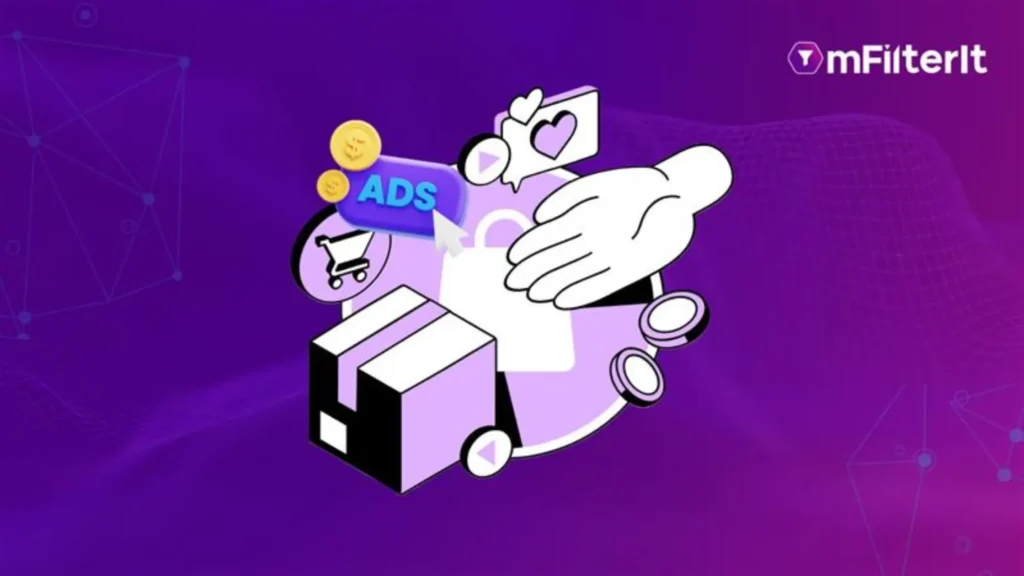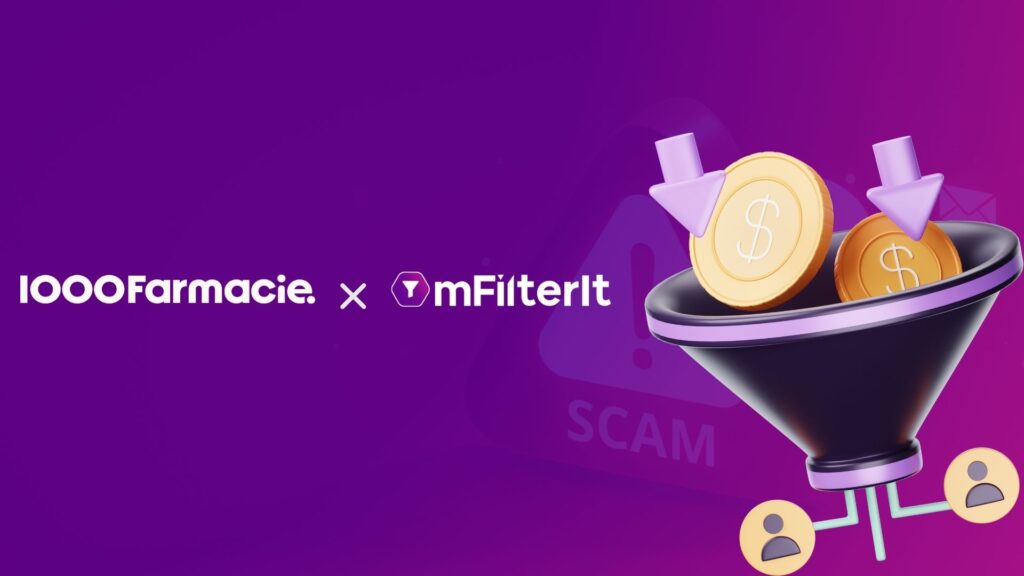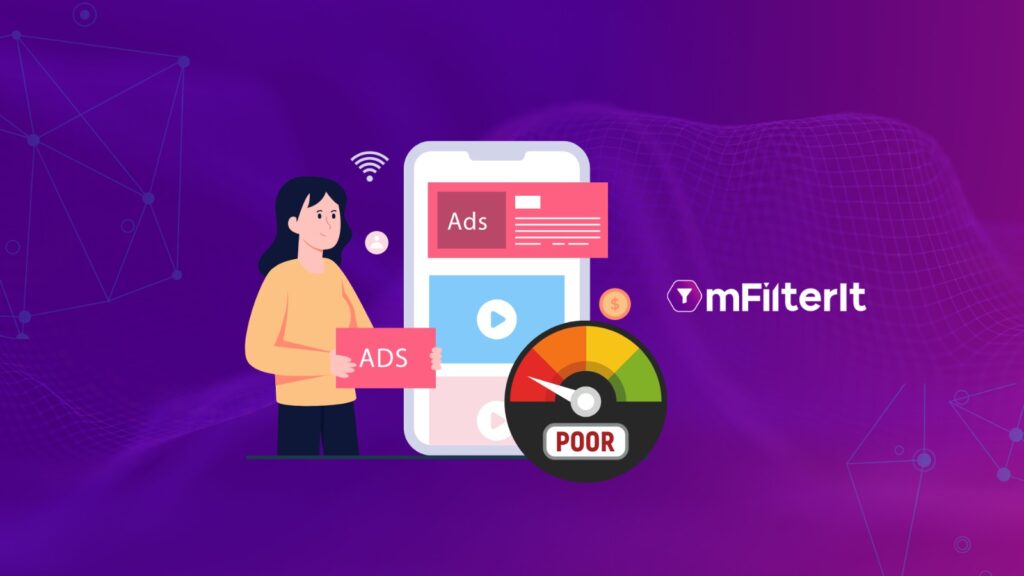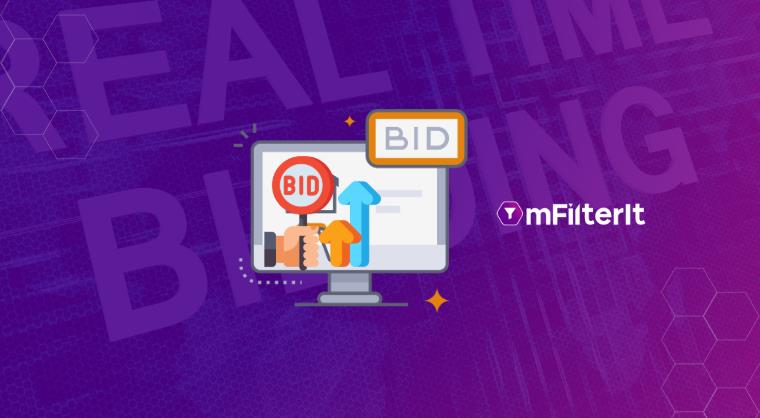Ad Traffic Validation

Would you pay twice for the same customer? Many brands do—without knowing. Every time your.......

The dashboard says ROAS is up. Conversions are climbing. The team’s celebrating. But beneath the.......

You’re investing heavily in digital advertising, expecting real engagement, quality traffic, and conversions. But what.......

Imagine spending years building a strong brand presence, only to have fraudsters hijack your traffic.......

In today’s digital marketing landscape, bots impacting your campaigns, website analytics, and overall performance is.......

Tracking conversions is essential for measuring the effectiveness of your marketing efforts, and one of.......
